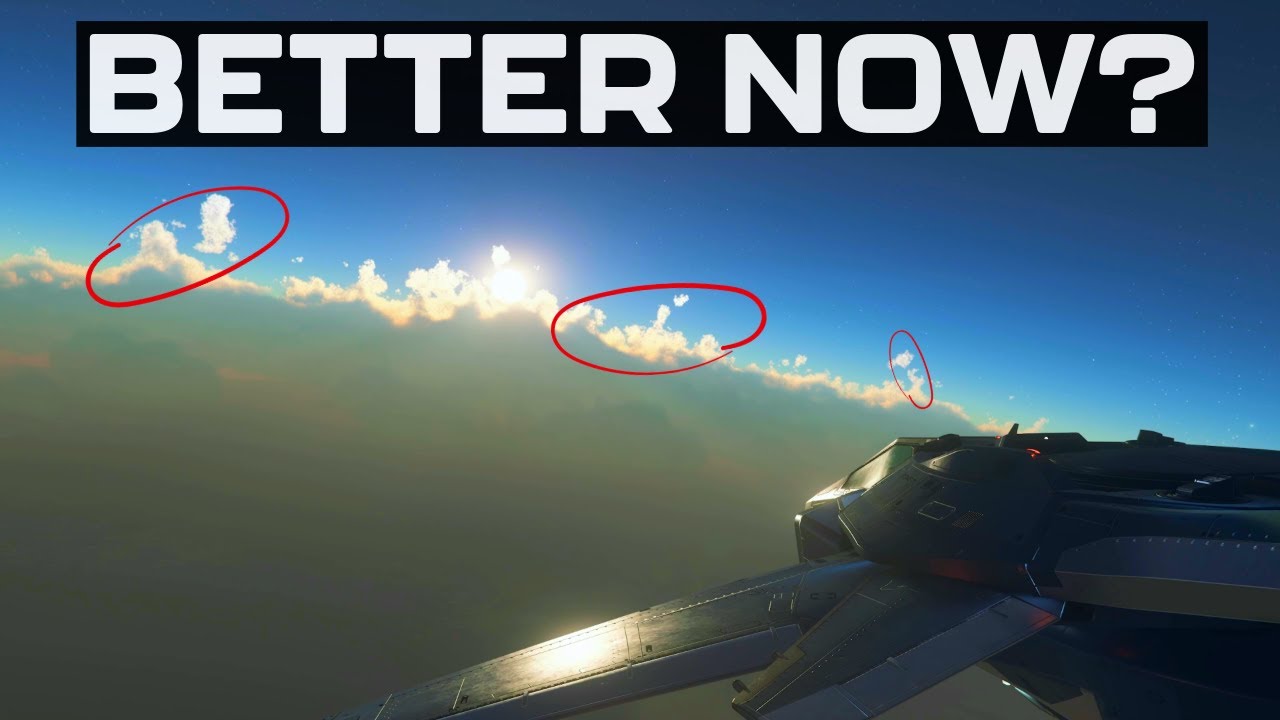CIG released a 3.23 patch to the PTU, improving the visual quality and performance of very high clouds in Star Citizen. The adjustments have made very high clouds more accessible to all players, resulting in better visuals and reduced GPU workload, with performance gains of around three to three and a half FPS compared to previous patches.
This week, CIG released a 3.23 patch to the PTU, introducing improvements to how very high clouds look and perform in Star Citizen. The update makes very high clouds accessible to all players, with adjustments made for better visual results and performance. The new reference clouds, now called photo mode, are designed for screenshots and have seen improvements in visual quality and reduced GPU runtime costs.
Performance testing revealed that very high clouds were previously difficult to run on lower-end GPUs, but with the recent adjustments, there has been a noticeable performance improvement. The patch has significantly increased the number of Ray marching steps for the setting, resulting in better visuals while reducing the GPU’s workload. This has translated into around a three to three and a half FPS gain for very high clouds compared to previous patches.
Despite the performance improvements, the visual differences between the old and new versions of very high clouds are still noticeable, with some fuzziness around the clouds. However, enabling DLSS quality can help clear up the fuzziness and make the gameplay experience more enjoyable. The new cloud changes are more pronounced at locations like Microtech compared to Orison, where the reference clouds appear significantly improved.
For players with minimum spec GPUs like the 1660, medium cloud settings are recommended for optimal performance at 1080p. Higher cloud settings may not offer significant visual improvements, and enabling photo mode is more suitable for taking screenshots rather than gameplay. Overall, the changes made by CIG did not drastically impact the performance of very high clouds, but using upscaling techniques can help achieve better performance based on individual GPU capabilities.
